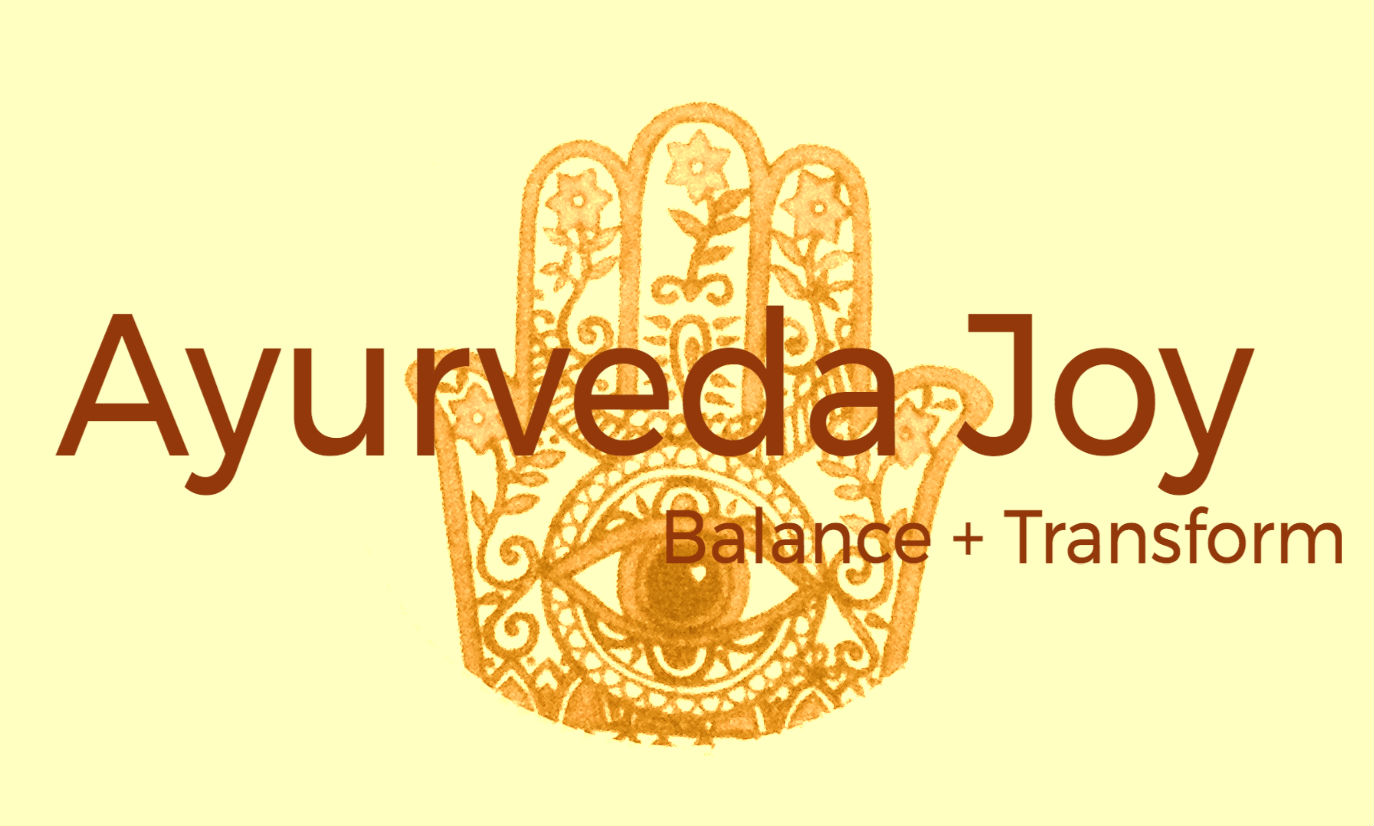Why is the ancient wisdom of Ayurveda is so relevant today for our busy, modern lives?
Ayurveda is a simple and practical holistic healing system with principles that stem from ancient Vedas of India more than 5,000 years ago. It is one of the oldest forms of health science in the world. Its aim is to understand one’s own personal constitution (known as Prakruti in Sanskrit) and its relationship to the laws of nature to reach a perfect and harmonious balance of body, soul and mind. Understanding our constitution plays a major role in how we can live our lives effectively.
Ayurveda aims at preventing and relieving the dis-eases of body and mind through self-observation and self-care.
SELF-CARE. It includes any internal action you take to care for your physical health, but also for your mental and emotional well-being. Terms used to describe this concept are individual control, deliberate, self-initiated.
Self-care is often an area we overlook. Many of us are a parent, a spouse, somebody’s boss, an employee, AKA busy. We rush from obligation to obligation, hastily eat meals, forgo exercise or meditation because we “don’t have time” and more often than not put the needs of others before ourselves. Being selfless is an admirable trait, and parents in particular demonstrate this daily, but being selffFULL is much more imperative so that we have energy to offer those relationships around us the best version of ourselves.
How do we fill up our own cup to full? With self-care. The better care we take of our physical body and our mental and emotional health, the more balanced we become. Self-care leads to becoming self-aware.
How do Ayur Vedas translate now for us in the 21st century? The ancient wisdom of Ayurveda describes a number of ways to maintain balance within as the variables of life change around us. Seasons change, relationships change, we grow older. The only constant in life is change. If we adjust ourselves internally according to external forces or stresses we can remain in a state of relatively stable equilibrium and good health.
We know we could all slow down, we know we could all eat healthier and we know the benefits if we would all meditate more regularly. It’s a daily struggle facing to ‘do/be better’. Ayurveda has a tradition of dinacharya – ‘following the rhythm of the day’ – and is one of the single most powerful Ayurvedic tools for living in harmony and balance. Having a daily routine invites health, vitality and a sense of clarity into our lives. Adopting an appropriate routine or ‘healthful habits’ is one of the most grounding and nurturing things you could do for yourself.
Some examples are rising early with the sun to be in sync with nature’s rhythm and to feel alert; starting the day with a warm drink of ginger, lemon and honey to flush the system and awaken digestion; scraping the tongue to remove toxins; morning movement such as yoga and meditation to get the system circulating, aid in elimination and to get the mind focused for the day ahead; and regular (self) massage with oil. Very simple practices yet extremely effective in keeping us balanced and grounded.
Ayurveda outlines the healing power of spices and herbs and what is best to eat for an individual, including how and when (and how much!). It talks about specific therapeutic treatments to improve and eliminate ailments of the body and mind. It seeks out the root cause of an illness rather than just treating the symptoms.
In our modern lives we are bombarded by stimulation: electricity and technology, family demands, financial pressures, stress, social expectations and processed foods. This is far from the type of lives the Indian sages and scholars led – a life of self-inquiry, at one with nature, living with its natural rhythms and leading a spiritual life. By looking at how they lived their lives with mindfulness and intention we too can find this state of balance amongst the chaos of our busy, modern lives.
What is exciting is that current studies are beginning to prove this ancient wisdom scientifically. Take turmeric, for example, a much-used root in Ayurvedic formulations and meals, known for its active ingredient curcumin and its anti-inflammatory and anti-bacterial properties, now so prevalent on the market and widely accepted. Where some pharmaceutical drugs have failed, the principles of Ayurveda and its herbs have succeeded. And even more powerful is the integration of modern medicine with ancient Ayurveda to reach new levels of healing, gaining results for some patients where every other treatment or drug has failed them.
“Ayurvedic medicine is ancient, its resurgence is necessary because we do need the proper balance in our medical approach.” Maya Tiwari
Ayurveda is great for everyBODY. Now more than ever as we rush through our ever-demanding lives we need to take some time out for ourselves to slow down, nurture, live with nature and nourish ourselves by the laws of ancient Ayurveda.

